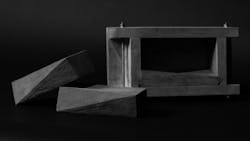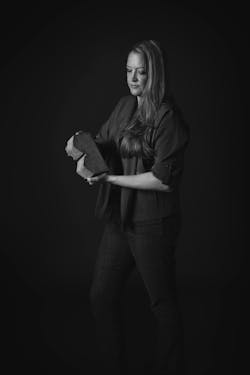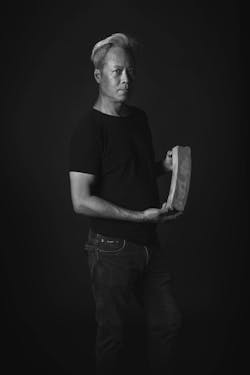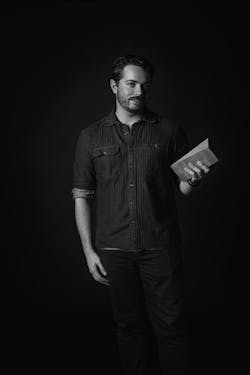Innovative Products: Glen-Gery Architect Collaboration Brick
These bricks are unique—in the true sense of the word. Each is handcrafted, so no two are alike. Their molded shapes are curved, faceted, beveled, and angled, and are part of four winning collections designed by architects who participated in a competition held by brick manufacturer Glen-Gery Corporation of Wyomissing, Pa.
The winning designers were announced in December 2024, but the competition was spurred by the April 2024 release of the book “Materiality: Brick in contemporary university architecture,” which showcases campus and community architecture across the U.S. Glen-Gery launched the U.S edition of the book.
“When we saw all those shapes, and details, and patterns, we thought this is really a hot topic,” says Denise Smith, senior marketing manager at Glen-Gery. That spurred the manufacturer to establish its first Architect Collaboration Program.
“We thought it was a fun way to get architects to our factories and let them unleash their creativity,” says Smith. “We know from experience that architects get a thrill and an excitement in their eye when they see how bricks are made and what our process is for molding each of these special shapes by hand.”
Winning Shapes
Four innovative designs were selected from 12 entries. They are:
1. Trigon brick by Brittany Macomber of Morris Adjmi Architects in New York City
Trigon brick are described as a modern interpretation of the classic brick details found on structural masonry walls. They have dimension and depth so they can be used to create a variety of patterns.
2. Curve brick by Edward Jose of Loci Architecture in New York City
Elongated curve bricks can be laid in various configurations to achieve different surface effects. Their thinner profile reduces material and weight in a typical brick veneer cavity wall while still maintaining stability. The convex and concave surfaces can affect sound waves in urban environments with noisy street conditions.
3. Facet brick by Justin Bright of Gnome Architects in Philadelphia
Opposite corners of facet brick are chamfered to create a diagonal facet on the front face. Depending on the orientation and coursing, this simple unit can be used to create complex patterns and textural effects.
4. Weaver brick by Colin Rupp of Gnome Architects in Philadelphia
Weaver brick utilizes an alternating bevel, all within a standard brick size, and the mirrored detailing allows designers to play with solid/void.
Pricing, Usage, and Availability
Bricks in the Architect Collaboration Program run slightly more expensive than standard ones and can be ordered wherever Glen-Gery bricks are available. And despite being custom made, Smith says they typically are available within weeks of ordering, depending on quantity. They are solid molded units so there are no core holes, and installation is the same as for any modular brick.





